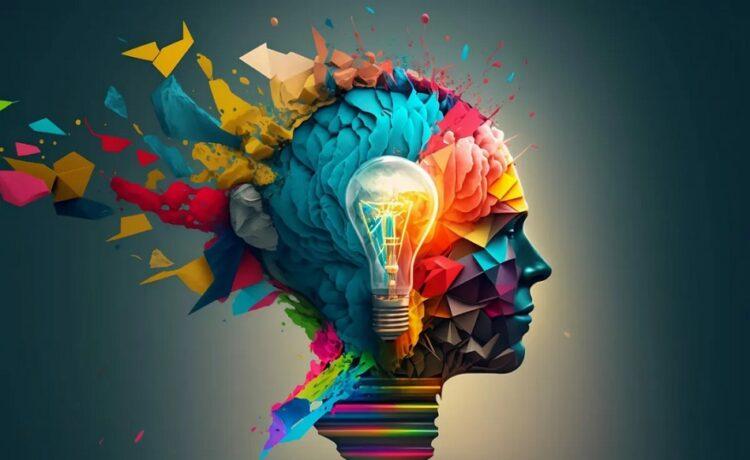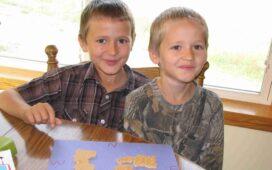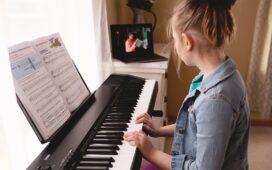While higher education is often associated with academic and technical pursuits, it also serves as a vibrant hub for nurturing creativity and the arts. In this article, along with Harit Gaba we explore the unique angle of how higher education institutions contribute to fostering creativity, artistic expression, and innovation in an ever-evolving world.
The Intersection of Art and Innovation
Diverse Artistic Disciplines
Higher education institutions offer a wide array of artistic disciplines, including visual arts, performing arts, creative writing, and design. These fields are not just about self-expression; they intersect with innovation and influence various industries.
Multidisciplinary Collaboration
In today’s interconnected world, artists collaborate with scientists, engineers, and business professionals to tackle complex challenges. Higher education encourages such collaborations, leading to groundbreaking innovations.
Art and Technology
The integration of technology in the arts has given rise to digital art, virtual reality experiences, and interactive installations, pushing the boundaries of creativity.
Fostering Creative Thinking
Encouraging Exploration
Higher education encourages students to explore and experiment, helping them discover their unique artistic voices and fostering creativity.
Critical Thinking
Art education promotes critical thinking, enabling students to analyze, question, and challenge established norms, a skill valuable in any field.
Problem-Solving Skills
Artists are natural problem solvers, constantly seeking new solutions and pushing the limits of what is possible, which is crucial for innovation.
Innovation Through Art
Design Thinking
Art and design schools often incorporate design thinking principles, emphasizing empathy, iteration, and user-centric solutions.
Entrepreneurship
Artistic entrepreneurship programs empower students to turn their creative talents into sustainable careers and innovative ventures.
Cultural Impact
Art and culture shape society’s values and perspectives, driving social change and influencing innovation in unexpected ways.
Challenges and Opportunities
Funding and Support
Sustaining arts programs can be challenging due to budget constraints, but institutions and advocates are working to secure funding for the arts.
Adaptation to Technology
Art schools are embracing technology, equipping students with digital tools and skills to stay relevant in the digital age.
Global Engagement
Collaborations between international artists and institutions expand cultural exchange and inspire fresh approaches to art and innovation.
Higher education institutions are not just centers of academic learning; they are also fertile grounds for cultivating creativity, artistic expression, and innovation. The arts intersect with various disciplines, fostering creative thinking, problem-solving skills, and a deeper understanding of the human experience. As we navigate an ever-evolving world, higher education’s role in nurturing the arts and fostering innovation remains paramount, shaping not only individual artists but also society as a whole.







